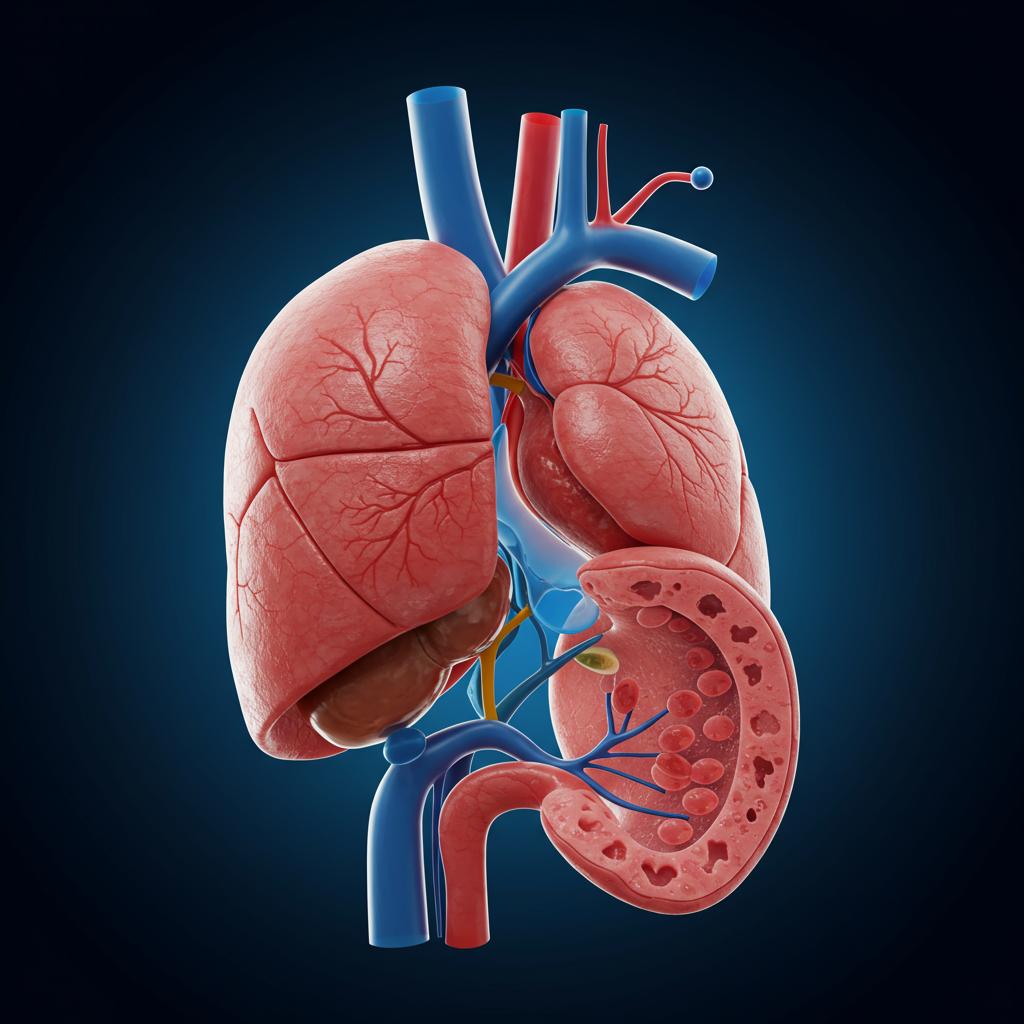
Ever marvel at the liver’s superpower? It’s one of the few organs in our body that can regenerate, bouncing back even after injury. Think of it like a superhero with the ability to self-heal! The very act of injury triggers a fascinating repair process, kicking off a cascade of events that help the liver rebuild itself. Let’s dive into how this amazing feat works.
When the liver gets injured, it doesn’t just sit there and take it. Instead, it launches a multi-pronged counterattack:
- Defense Up: It activates protective mechanisms, kind of like putting up shields to minimize further damage.
- Damage Control: Mortally wounded cells are efficiently removed, preventing them from causing more trouble.
- Repair Crew: Less damaged cells are repaired, like patching up small holes in a wall.
- Cellular Multiplication: New liver cells are produced to replace the ones that were lost – it’s like a cellular construction crew working overtime.
- Laying the Foundation: New matrix, the structural support of the liver, is deposited. Think of it as laying the foundation for a new building.
- Reshaping and Restoring: The liver tissue remodels itself to regain its normal size and structure. It’s a bit like renovating a house to its former glory.
Remarkably, even during this intense regeneration process, the liver continues to perform its essential functions. It’s like a tireless chef who keeps cooking even while remodeling the kitchen!
However, sometimes this incredible regenerative process can go haywire. It might fail to start, or it might be incomplete or disordered. This can lead to serious problems like acute liver failure, cirrhosis, and even liver cancer. So, understanding how liver regeneration works is crucial for developing treatments for these life-threatening conditions.
Scientists studying liver regeneration have discovered some key players in this complex process:
- Changing Environment: Injury alters the environment surrounding the liver cells, triggering the regeneration process. It’s like sending out an SOS signal.
- Cellular Growth Spurt: Surviving liver cells and their progenitors (kind of like stem cells) start multiplying rapidly to replace the lost cells.
- Pause on Programmed Death: The normal process of programmed cell death, called apoptosis, is temporarily put on hold, allowing the liver to rebuild its cell population without interference.
Researchers are now working hard to unravel the intricate signaling pathways that control these responses. They’re like detectives piecing together clues to understand how the liver knows when and how to regenerate.
Imagine a future where we can boost the liver’s natural healing power. By understanding the signals that drive liver regeneration, we can potentially develop therapies to stimulate this process in patients with severe liver disease. This could offer a lifeline for those facing otherwise fatal conditions, giving them a chance to regain their liver health and improve their quality of life.
